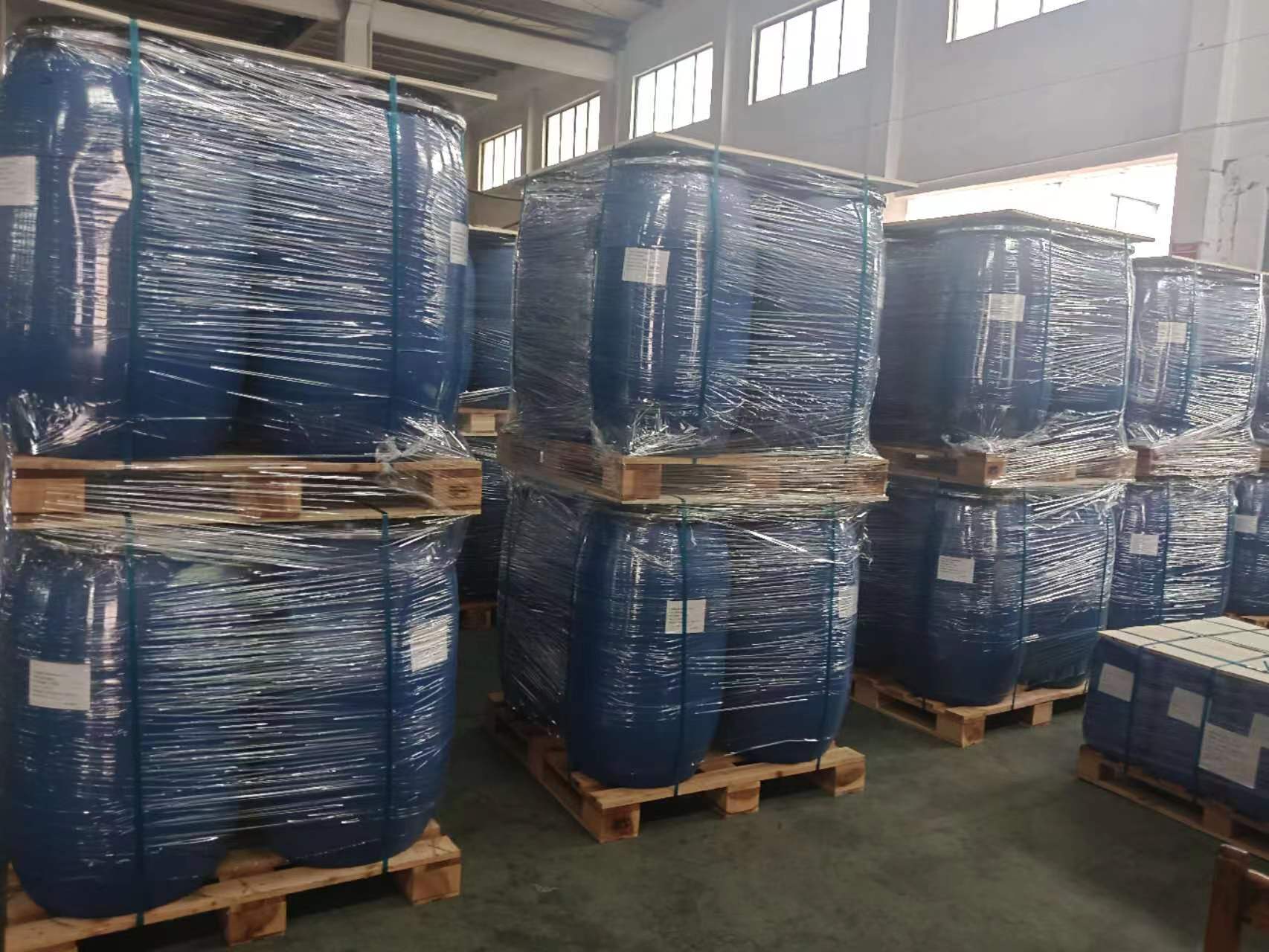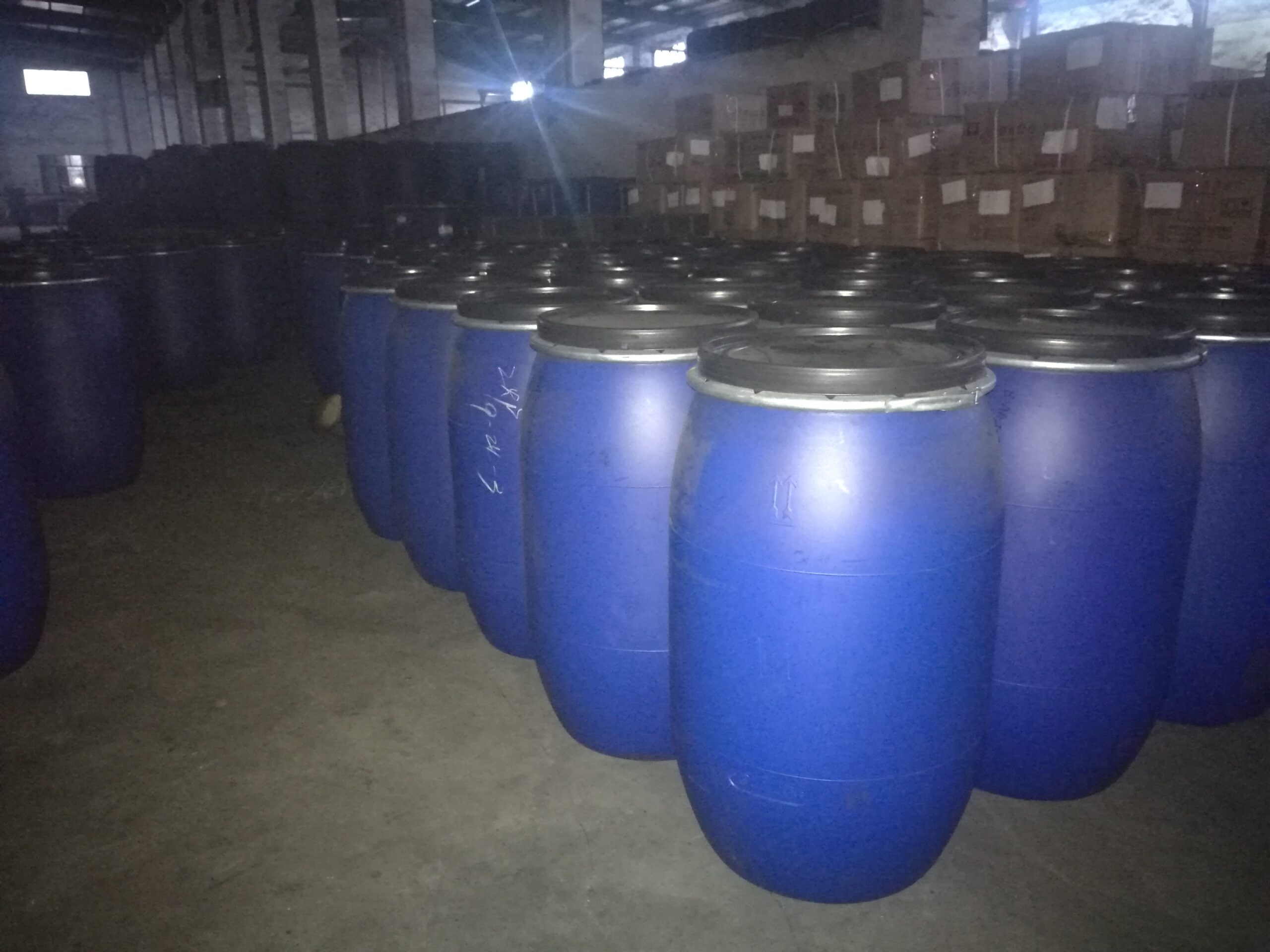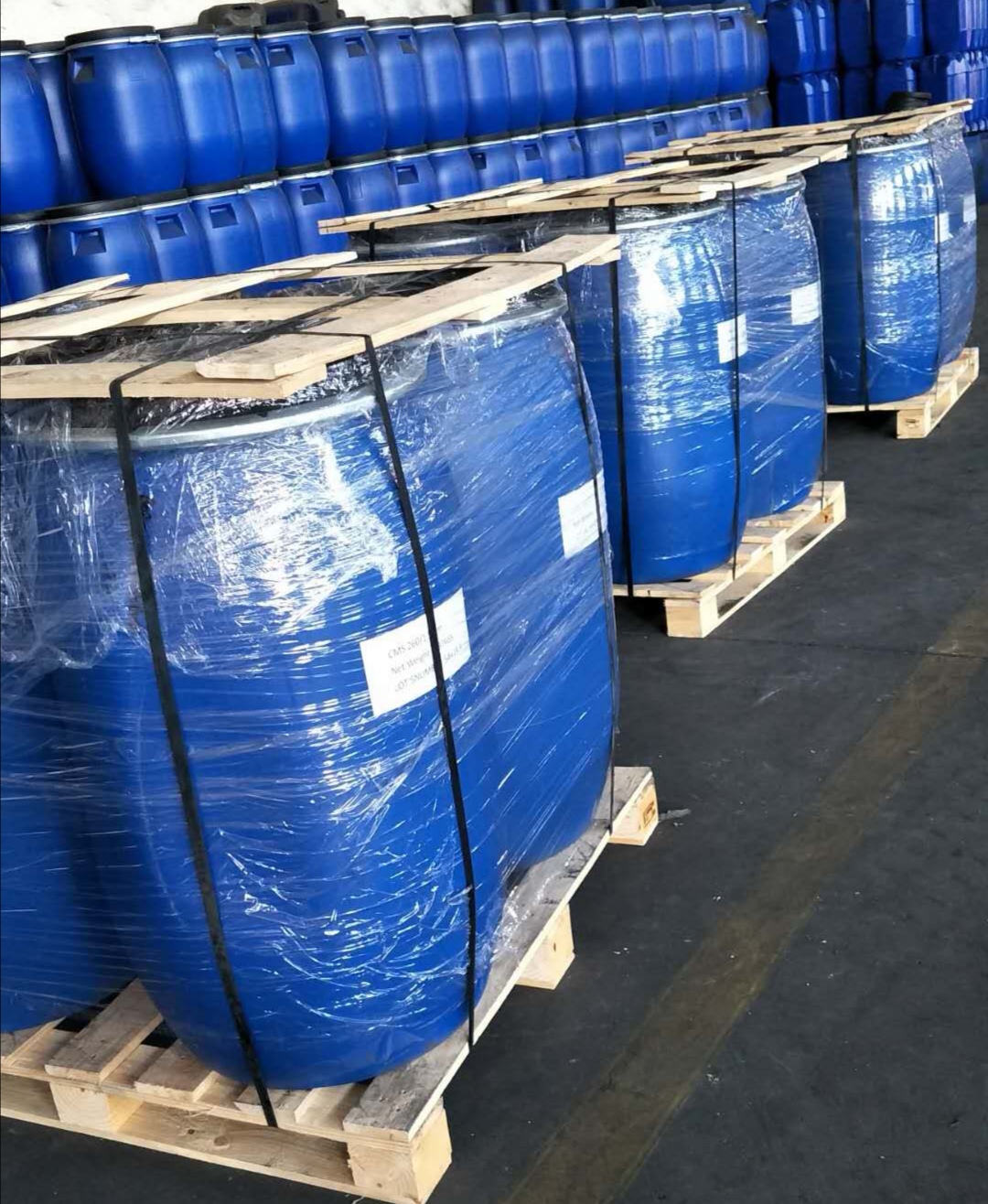PSA Pressure Swing Adsorption Nitrogen Generation System Equipment Introduction and Maintenance and Care
1.PSA Pressure Swing Adsorption Nitrogen Generation System Equipment Introduction
1.1 Pressure Swing Adsorption Method
Pressure Swing Adsorption (PSA for short) is a gas separation technology. In 1960, C. W. SKARSTROM of the United States first obtained the patent for oxygen production using PSA molecular sieves. Subsequently, the United Kingdom, Germany, Japan, and other countries conducted extensive experimental research. In 1970, UCC (Union Carbide Corporation) of the United States first achieved industrialization and has long been at the forefront in the development and application of PSA technology. In the competition with traditional separation methods, PSA has continuously improved and refined, thus achieving rapid development.
1.2 Working Principle
The PSA nitrogen generation system uses air as the raw material and utilizes a highly efficient and selective solid adsorbent (carbon molecular sieve) to selectively adsorb nitrogen and oxygen, thereby separating nitrogen and oxygen in the air. The separation effect of carbon molecular sieves on nitrogen and oxygen is mainly based on the different diffusion rates of these two gas molecules in the carbon molecular sieve. Smaller diameter gas (oxygen) molecules diffuse faster and enter the solid phase of the molecular sieve more. Thus, a nitrogen-rich component can be obtained in the gas phase. After approximately 2 minutes, the adsorption of oxygen by the molecular sieve reaches equilibrium. Based on the characteristic that the adsorption capacity of carbon molecular sieves for adsorbed gases varies at different pressures, the pressure is reduced to desorb the oxygen molecules from the molecular sieve. This process is called regeneration. The PSA method typically uses two towers in parallel, alternately performing pressurized adsorption and depressurized regeneration to obtain continuous nitrogen.
1.3 Process Overview
A complete nitrogen production system includes: air compressor (group) – air purification component – air storage tank – PSA nitrogen generation device – nitrogen buffer tank – low-pressure nitrogen storage tank – nitrogen pressurization system – high-pressure nitrogen storage tank.
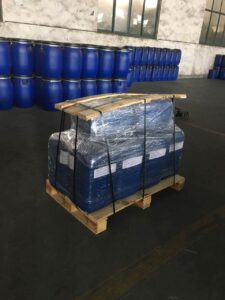
2. Equipment Introduction
2.1 Selection of Nitrogen Generator
The selection of a nitrogen generator involves many issues. First, thorough market research should be conducted. Before determining the specific model and specifications (nitrogen production capacity, nitrogen purity, outlet pressure, and dew point, etc.), a comprehensive comparison and analysis of the performance and features of the nitrogen generator should be made. At the same time, the correct choice should be made based on the local working environment.
3. Production and Operation of Nitrogen Generator
The electrical control system controls the sequence according to a specific program, alternately performing pressurized adsorption and depressurized regeneration. The gas production process runs automatically, and the nitrogen flow rate, pressure, and purity can be adjusted and continuously displayed.
3.1 Personnel Inspection and Key Points of Attention
When the operators of the nitrogen generator conduct inspections, they should pay attention to the following aspects: (1) First, check whether the nitrogen purity and dew point meet the requirements, and then check whether the adsorption and regeneration can be carried out normally; (2) Inspect whether the power supply, air supply, water supply, and temperature conditions required by the machine are normal; (3) Observe the pressure of the air storage tank and keep it between 0.7 and 0.75 MPa, not lower than the rated value; (4) Check the automatic drain valve each time to prevent blockage or damage that may cause it to lose its drainage function; (5) Regularly inspect the cleanliness of the heat dissipation fins of the refrigerated dryer to avoid poor heat dissipation affecting the efficiency and lifespan of the dryer; (6) The periodic maintenance of the precision filter mainly involves replacing the filter element based on the usage condition of the filter. Maintenance can be carried out in accordance with the recommended periodic maintenance methods and measures provided by the filter manufacturer; (7) Calibration of the oxygen analyzer should be conducted once a month. If the oxygen content is found to be higher than the rated value, consider whether the service life of the oxygen probe has expired and replace it in a timely manner. It is recommended to replace the oxygen probe every year; (8) Regularly check the sensitivity of the solenoid valve and pneumatic valve, the pressure range of the pressure regulator, the accuracy of the gas analyzer, the tightness of the adsorption tower, the exhaust condition of the muffler, and the cleanliness of the inner tube of the flowmeter. Address any issues found to ensure the normal operation of the equipment.
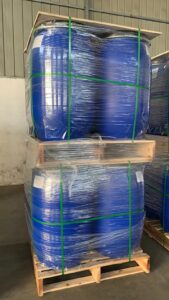
4 Maintenance and Care of the Nitrogen Generator Equipment
4.1 Air Compressor (Screw Type)
The air compressor (unit) provides the compressed air required for the PSA pressure swing adsorption nitrogen generation device. The flow rate, pressure and other requirements are determined based on the air consumption of the PSA pressure swing adsorption nitrogen generation device. The efficiency (consumption) of the PSA pressure swing adsorption device will mainly be determined by the performance of the molecular sieve, the process flow and the structure of the adsorber. The air compressor should meet the following requirements: (1) Output air volume ≥ 16.5 m³/min; (2) Output air pressure between 0.8 and 0.98 MPa; (3) Oil content ≤ 3 ppm; (4) Temperature ≤ 45℃.
In actual use, daily checks of the air compressor include: operating temperature (≤ 105℃), working pressure (0.8 – 1.0 MPa), water pressure (0.3 – 0.6 MPa), etc. Monthly checks include oil level, whether there is any leakage at the pipeline connection, etc. Quarterly maintenance includes cleaning the air intake filter screen, cleaning the air filter core, checking the connection parts, etc. Annual maintenance is carried out by INGERSOLL RAND professional engineers according to the “Maintenance Manual” of INGERSOLL RAND products. During daily use, the maintenance suggestions and priorities in the manual should be followed: (1) Maintenance based on the display of the controller; (2) Maintenance once a year. When general faults occur in the equipment, the equipment responsible person should eliminate them according to the maintenance methods in the fault diagnosis guide of the manual. If they cannot be eliminated, please contact INGERSOLL RAND professional engineers for solution.
The main factor affecting the performance of the air compressor in daily use is temperature. The main factors affecting temperature (under the condition of constant pressure and flow rate) are: season, water temperature and water quality. The cooling water pipe of this equipment is designed to be 40mm in diameter for both inlet and outlet, with a water consumption of about 9t/h and direct discharge. If the water resources are not recycled, it will be a considerable waste. If the cooling water is to be recycled for secondary use, it will also require a considerable investment (the local water hardness is between 380 and 410 mg per liter). Summer is the most challenging time for the air compressor in terms of equipment performance and also a test of whether the type of cooler selected at the beginning is appropriate. On the PSA pressure swing adsorption nitrogen generation device, the air compressor requires the most investment in equipment maintenance and maintenance. When choosing this type of nitrogen generation method, it is necessary to conduct thorough market research and planning for the maintenance funds in the later stage.
4.2 Refrigerated Dryer
Daily checks of the refrigerated dryer (Model/Specification: IDS-150AC; 20 Nm³/min) include: whether the condensate water discharged from the refrigerated dryer and the sewage discharged from the three-stage filter are unobstructed, whether the coolant pressure (0.3 – 0.6 MPa) and the compressed air pressure (< 1.0 MPa) are normal. Maintenance and maintenance include regular blowing of the radiator (especially in spring and summer, it is necessary to blow frequently to prevent affecting heat dissipation), cleaning the drainage port, and replacing the three filters (Model: 3-stage filter XF3-44, 7-stage filter XF7-44, 9-stage filter XF9-44) regularly (generally every 12 months). The selection, installation method, installation location and season of the refrigerated dryer all have certain influences on its oil and water removal.
4.3 Activated Carbon Adsorber
The activity of the activated carbon and alumina in the adsorber is directly related to the air quality of the compressor and the oil and water removal of the refrigerated dryer. Generally, the activated carbon and alumina should be replaced every 3 to 5 years based on the equipment usage.
4.4 Oxygen-Nitrogen Separation Device – Molecular Sieve Adsorption Tower Carbon molecular sieves are the core of pressure swing adsorption nitrogen generators. Their performance indicators include: hardness, nitrogen production capacity (Nm3/T-h), recovery rate (N2/Air)%, and reinstallation density. During use, it is necessary to prevent overheating from affecting the adsorption effect and strong gas flow impact from causing molecular sieve pulverization, etc.
4.5 Gas Detector
(1) Nitrogen purity analyzer (ordinary nitrogen) specification and model: 0~1000 ppm P860 4N Changai; (2) Oxygen purity analyzer (high purity) specification and model: 0~100 ppm O2 GNL-9100 Changai. According to the user manual, return the instruments to the manufacturer for detection and calibration of the sensor probes once a year. Check and verify when any abnormality is found during normal use, and investigate the cause.
4.6 Gas Storage Tanks
As storage equipment for products, conduct self-inspection once a month and self-check once a year. Entrust the technical supervision bureau for flaw detection inspection once every three years. After six years, when the design service life is reached, determine whether to continue using or scrap based on the inspection results.
5 Conclusion
Maintenance and upkeep work are necessary conditions for ensuring the normal operation of PSA nitrogen generators. As public utility equipment, the stable operation of PSA nitrogen generators is the experimental condition and guarantee for the unit to carry out industrial experiments. Timely maintenance and upkeep of each unit of the equipment can prevent faults, extend the service life of the equipment, and increase efficiency while reducing energy consumption.
